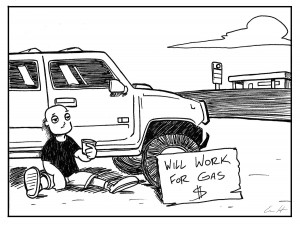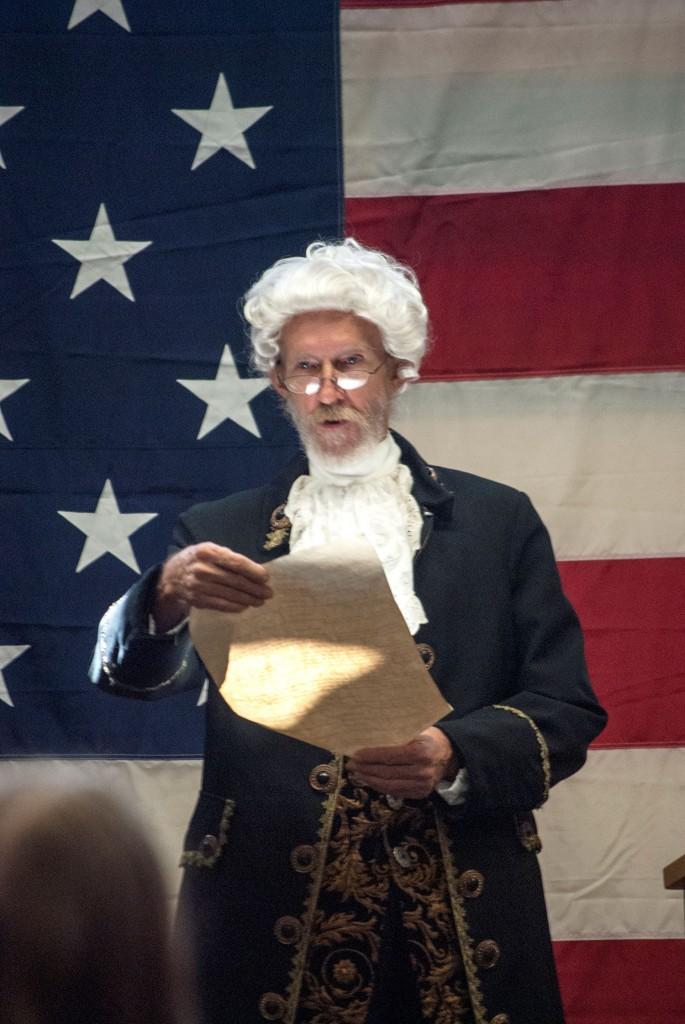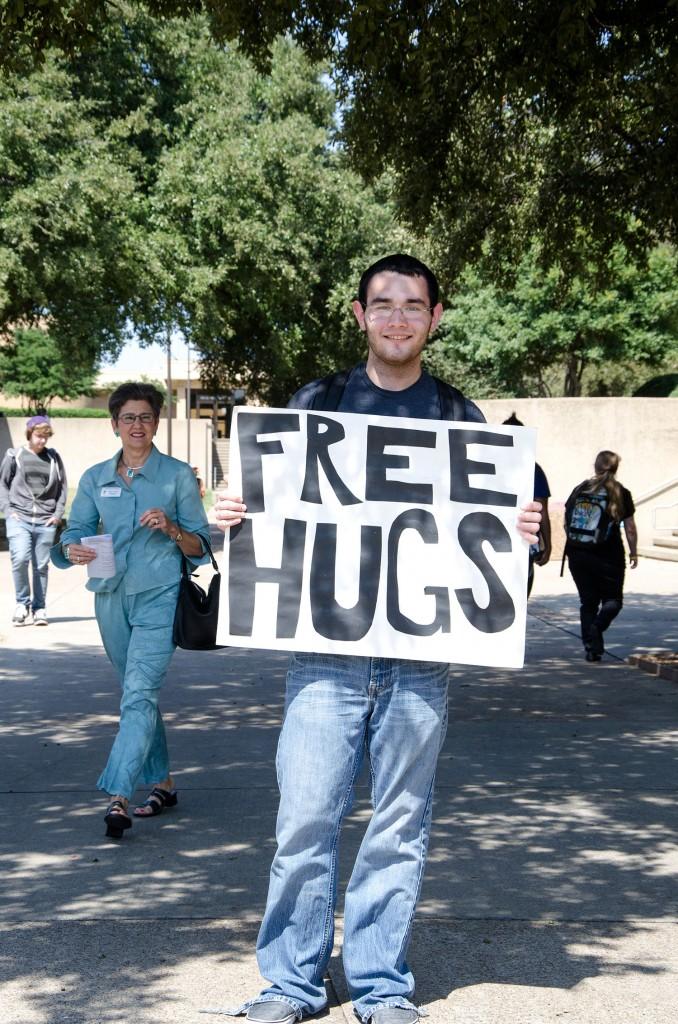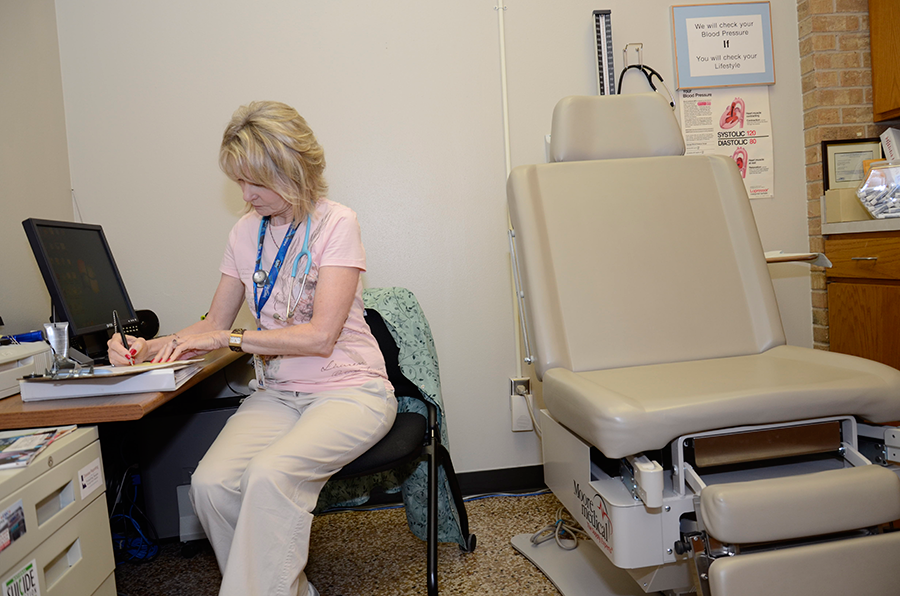Gas prices have crept up to an average of $3.60 per gallon in Tarrant County. Last September, the average was about $3.30. And while Americans aren’t particularly blithe about paying more to fill up, national gas prices fluctuated so much last year that people seem less inclined to complain.
 Still, questions remain about whether or not gas prices are expected to significantly increase, or decrease for that matter. The U.S. Energy Information Administration projected Sept. 11 that the average price of regular gasoline would remain about the same through December but is actually projected to drop to $3.43 per gallon in 2013.
Still, questions remain about whether or not gas prices are expected to significantly increase, or decrease for that matter. The U.S. Energy Information Administration projected Sept. 11 that the average price of regular gasoline would remain about the same through December but is actually projected to drop to $3.43 per gallon in 2013.
To understand what affects gas prices, we have to break down what we actually pay for in a gallon of gasoline.
According to the EIA, every $3.60 per gallon we spend is divided into four components. First, 65 percent of the cost pays for crude oil. In 2011, about 60 percent of the crude oil processed in U.S. refineries was imported. While U.S. dependency on imported oil has decreased in recent years, our demand for it is still significant.
Next, 15 percent goes to refining costs, and 8 percent goes to distribution, marketing and retail costs and profits. The remaining 12 percent goes to state and federal taxes, which make up somewhere around 40 cents per gallon.
Our fury about gas prices is typically aimed either at the oil companies who supply our gas or at our government. Businesses and government have got to do something about this. We need a break – right?
Well, the U.S. consumed about 134 billion gallons of gasoline last year, which is a daily average of approximately 367 million gallons. Critics of our gasoline consumption argue that we drive huge fuel-burning vehicles and guzzle gas as if we’re entitled to an unlimited supply.
As a nation, at nearly 19,000 barrels of oil per day, we top the list of the world’s oil consumption. One barrel of crude oil (42 gallons) produces about 19 gallons of motor gasoline, and the EIA reported that in June our nation consumed an average of 18,000 barrels of gasoline per day.
In short, we just use a lot of gas.
Our commuter culture requires us to do so. For example, Arlington is the most populous city in the U.S. with no form of public transportation. In most cities across the nation, people must have a car to get to work, to run errands, to attend events, to … fill in the blank.
Ultimately, we need to continue to challenge our government to figure out how to lower our gas prices. Our culture drives us to consume behemoth amounts of gasoline. We can also challenge our business and government leaders to come up with alternative solutions in the forms of public transportation and green technology.
At the same time, we need to evaluate our role in this roller coaster ride of fuel price frenzy. We have the responsibility to conserve and explore existing options to help ease the strain of gas prices in our own pockets. For some, that may mean carpooling. For others, it may mean strategizing commutes to not burden the wallet at the gas pump.
And then there are some of us who might want to trade in the keys to the SUV and look at investing in a hybrid — $3.60 per gallon adds up.



























